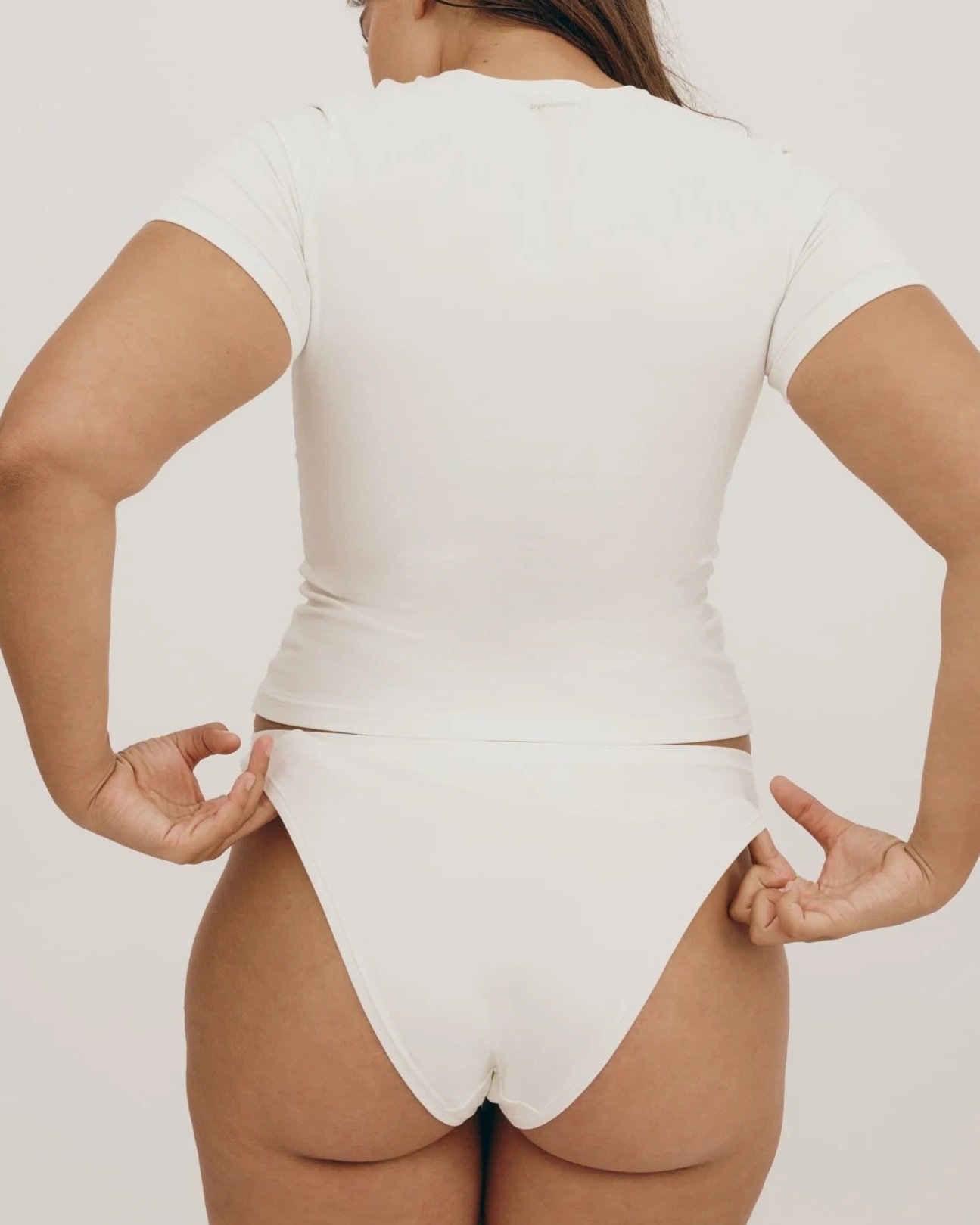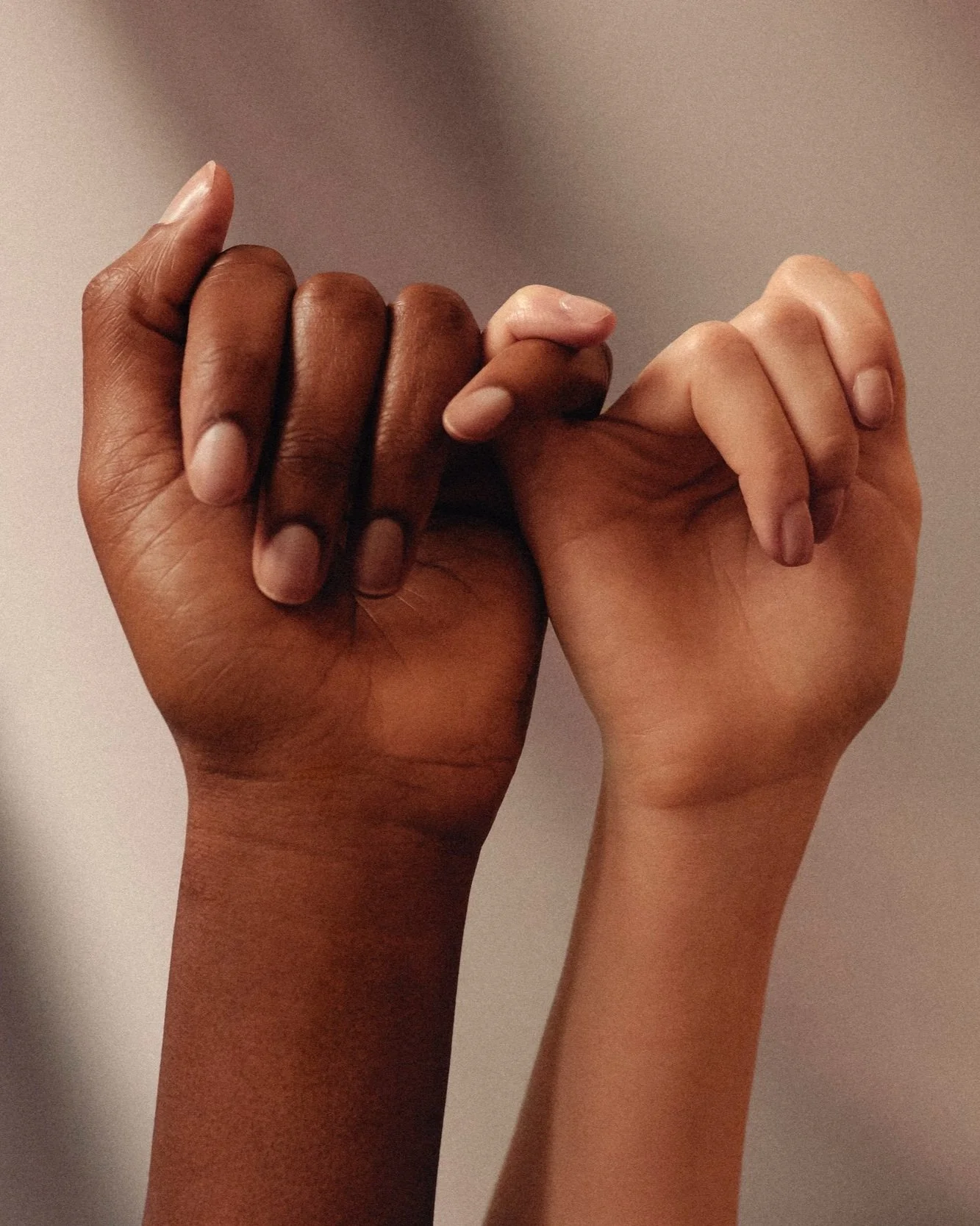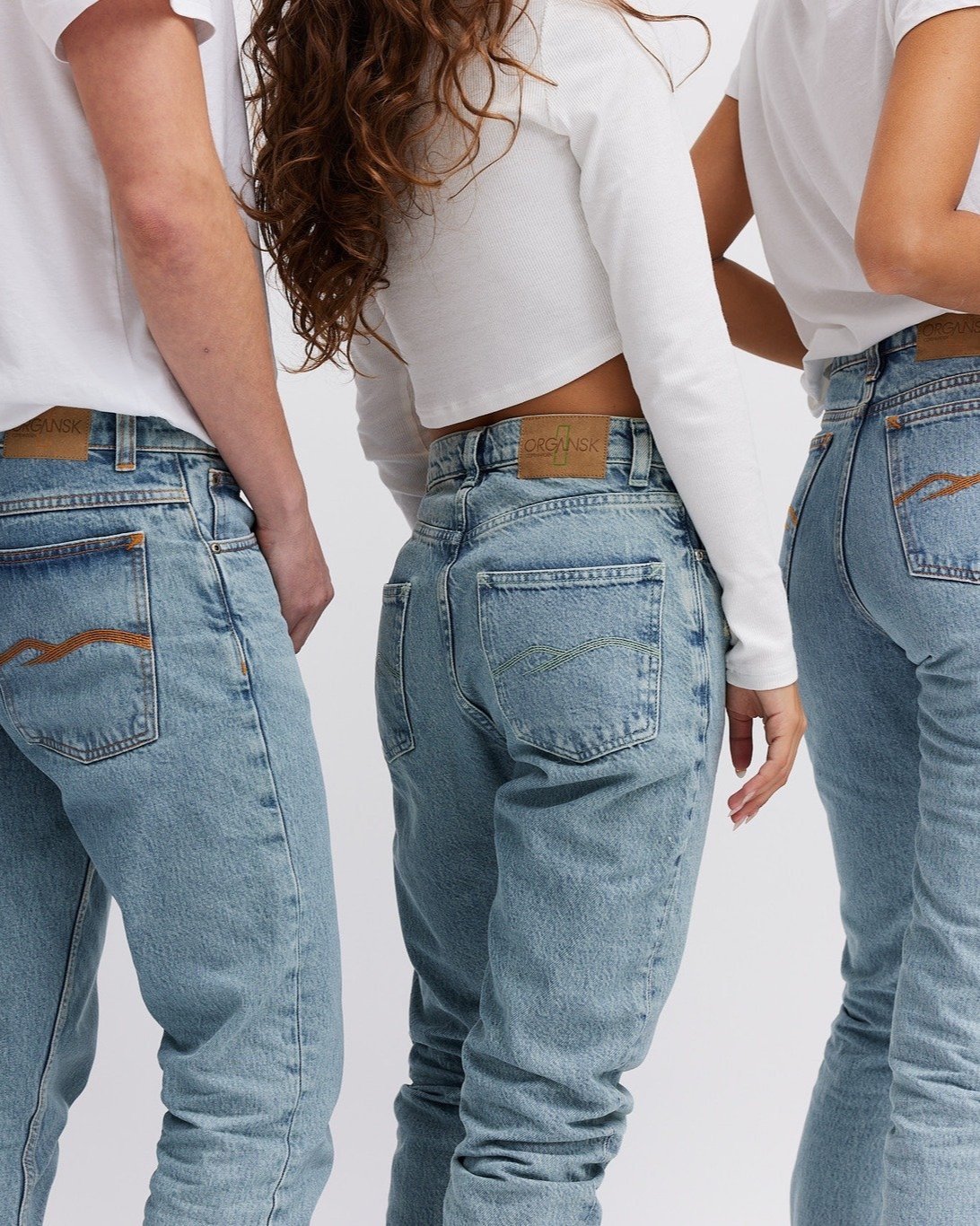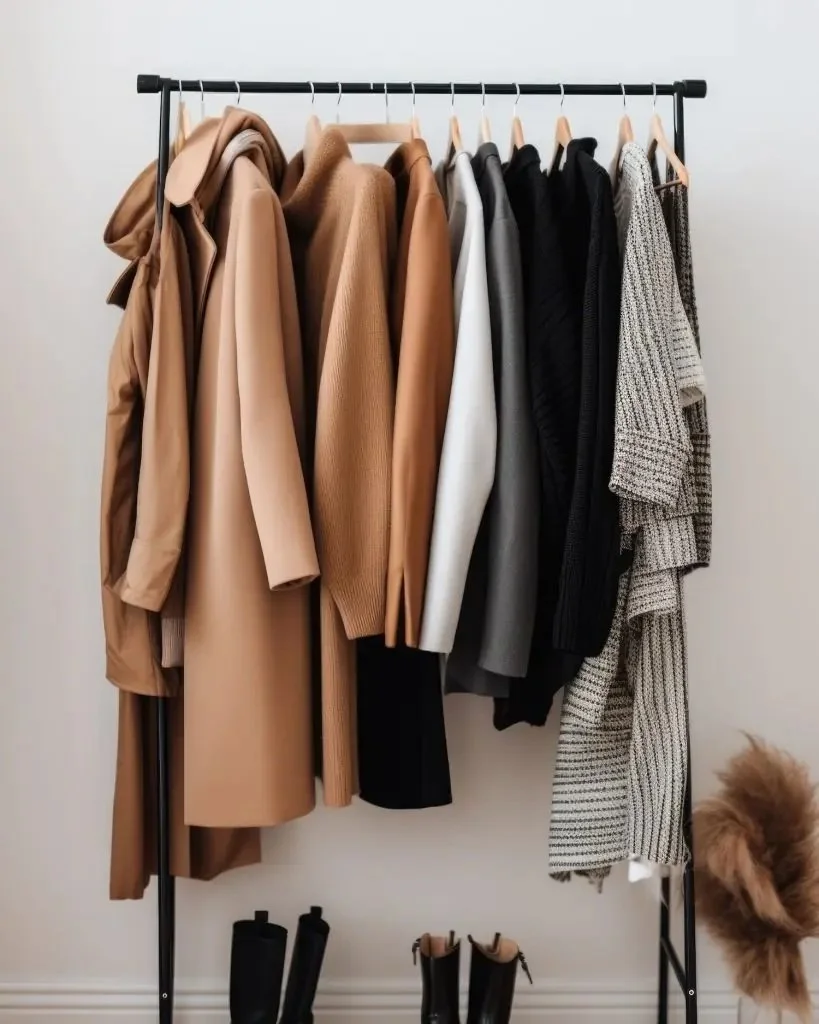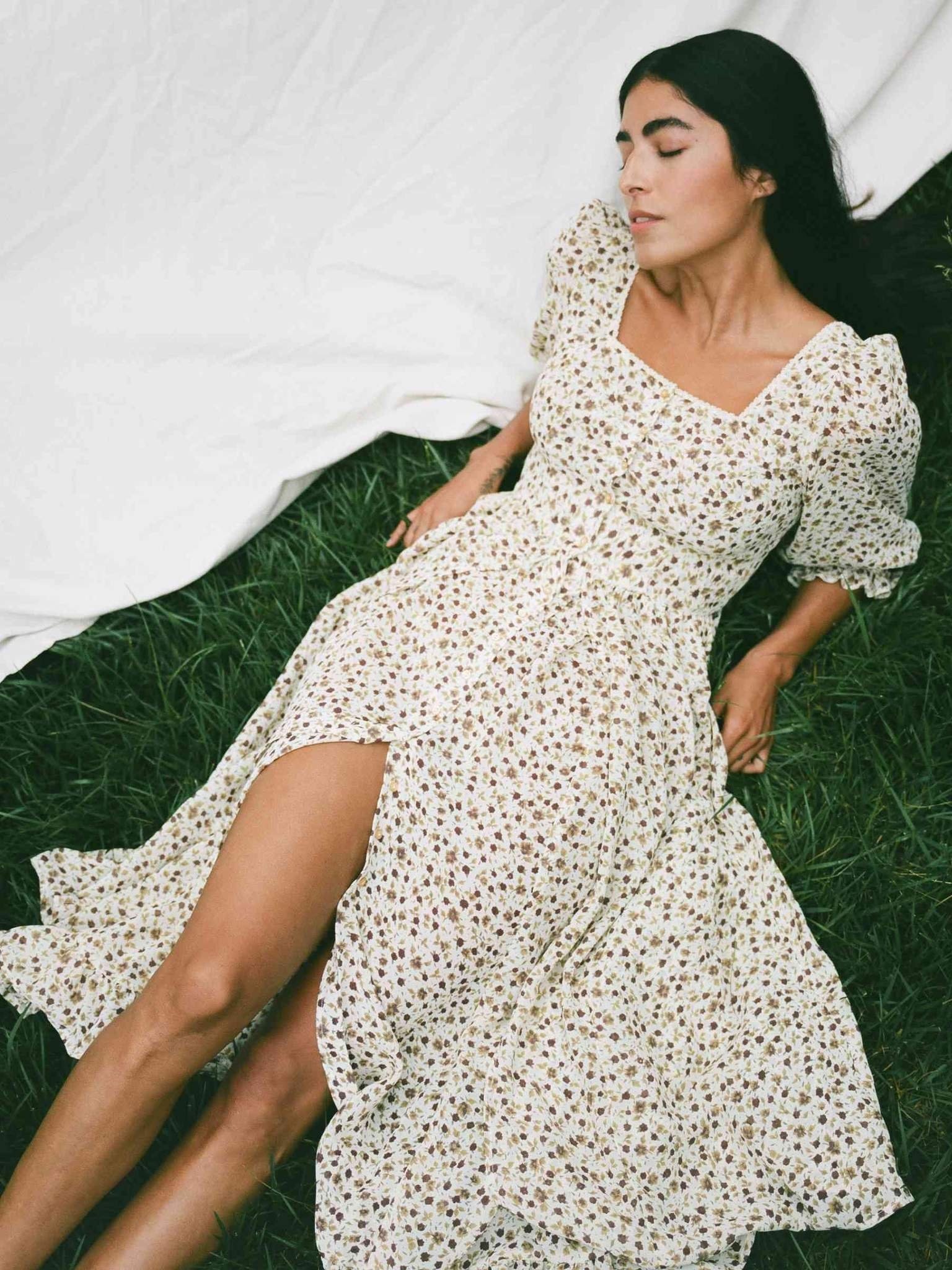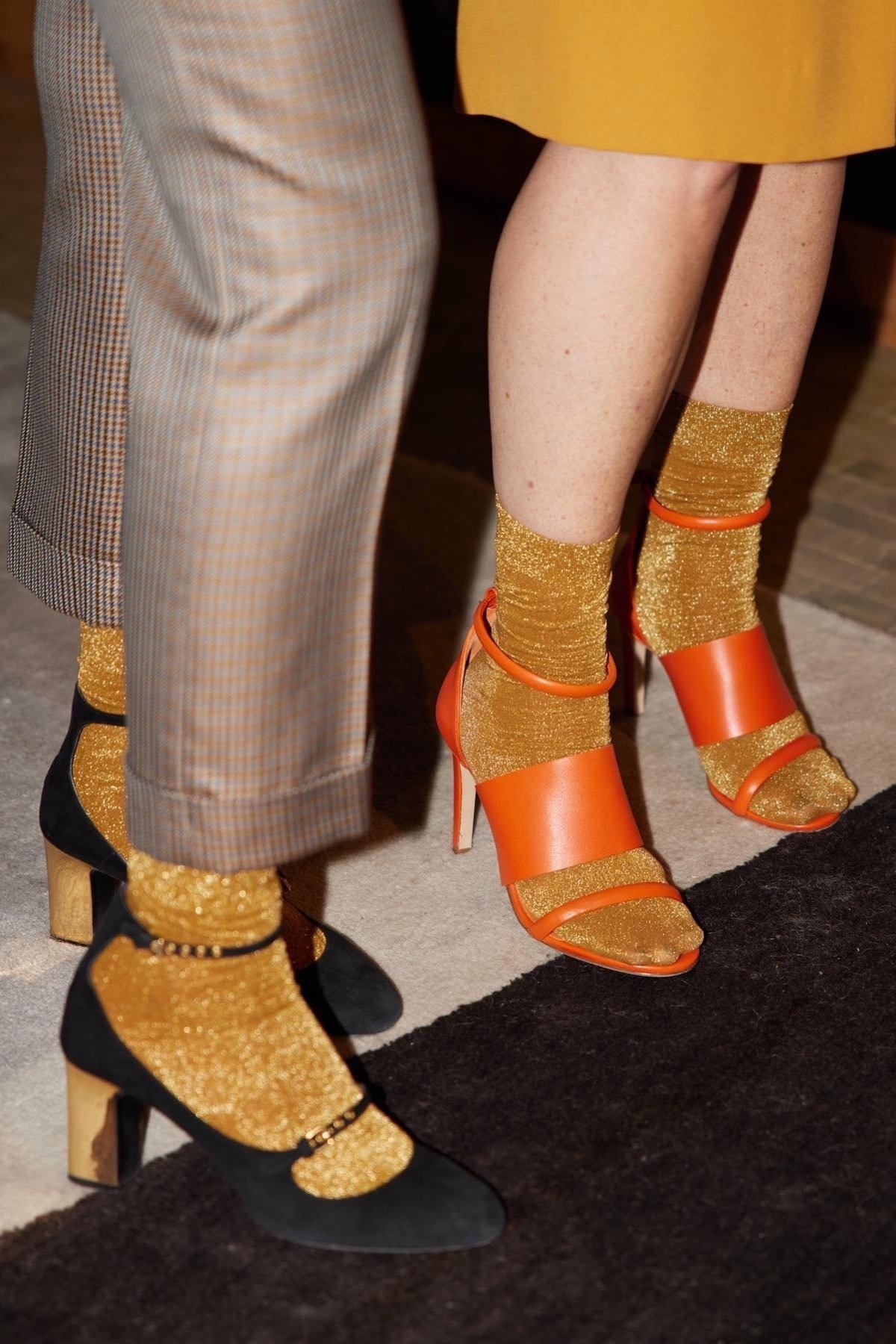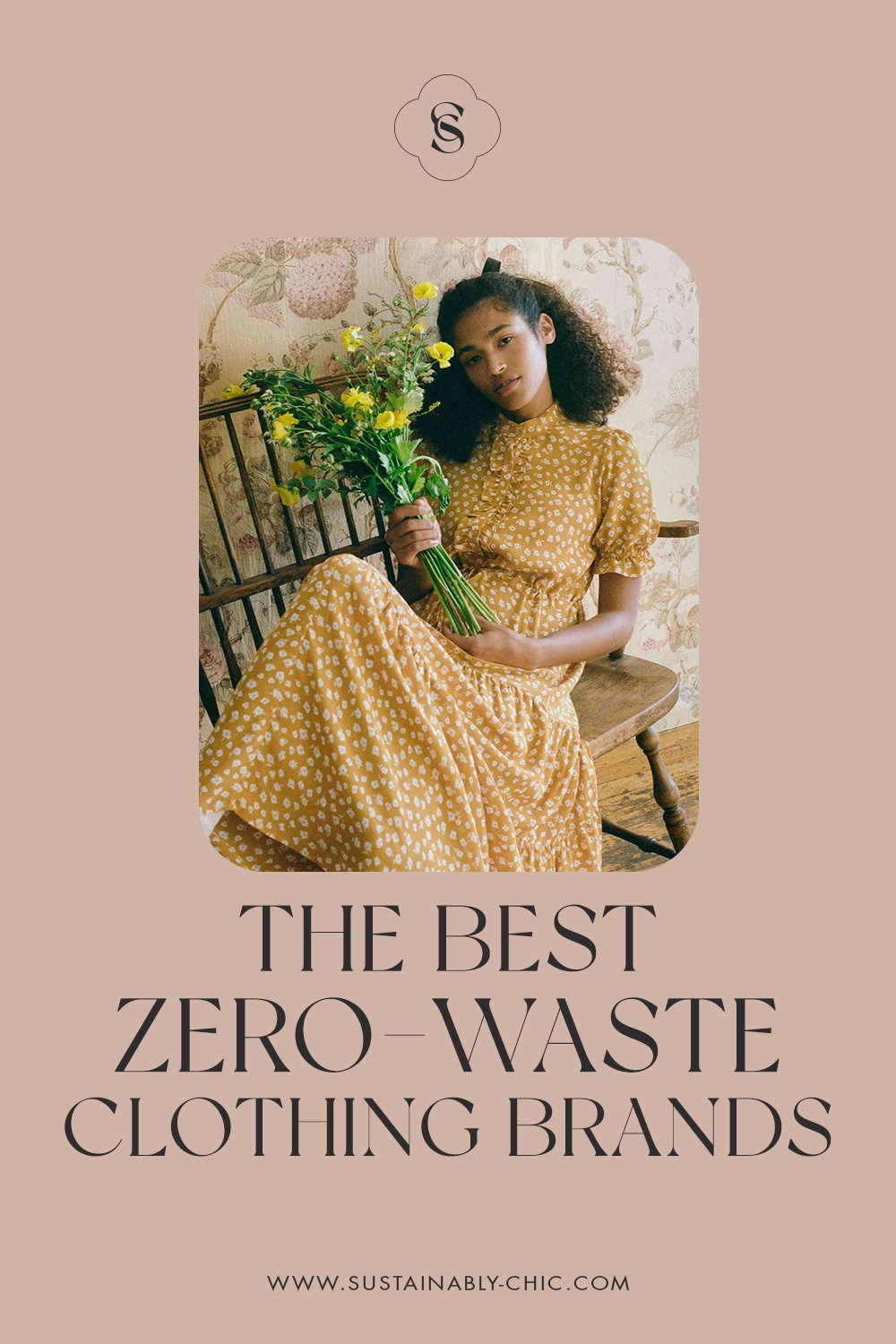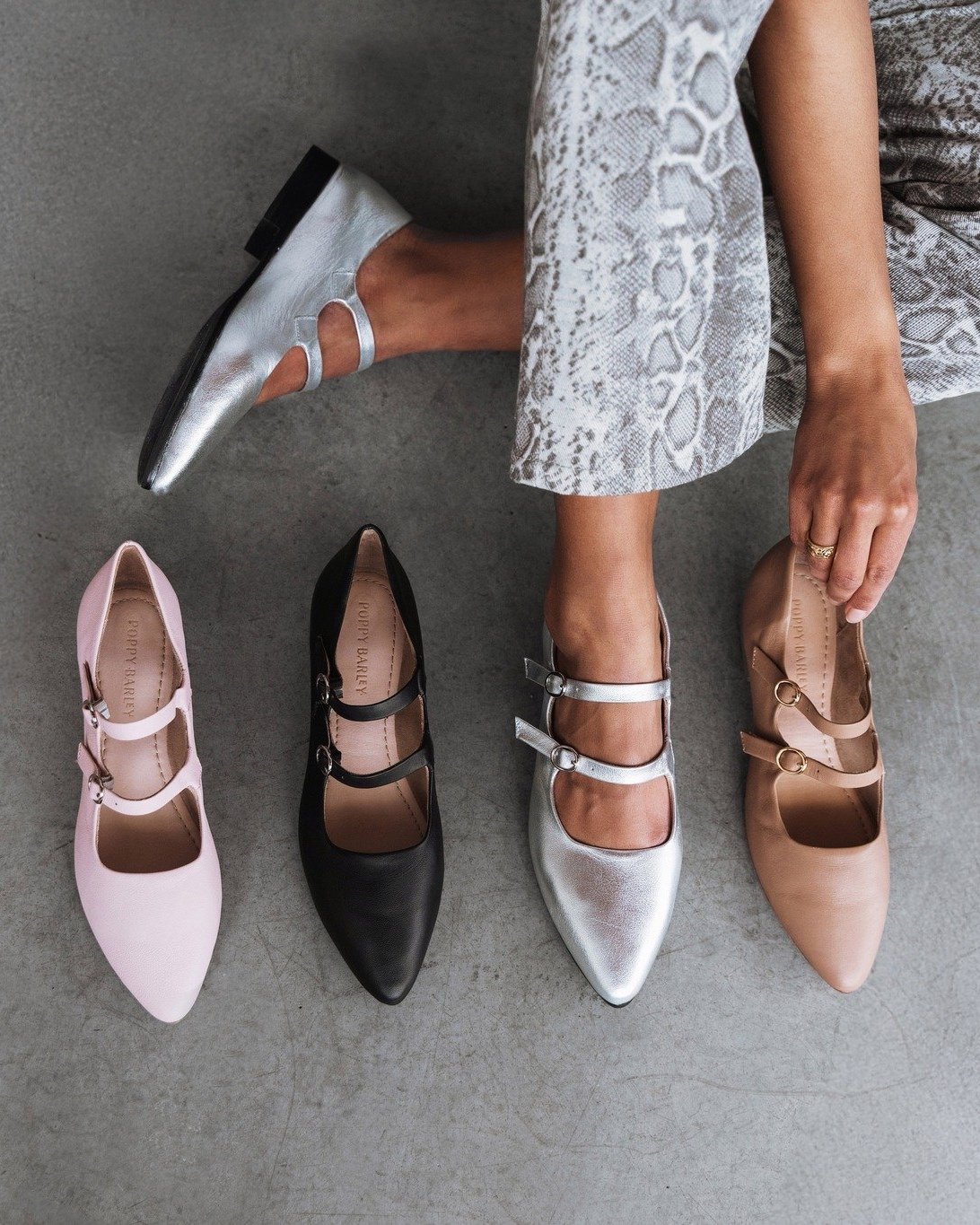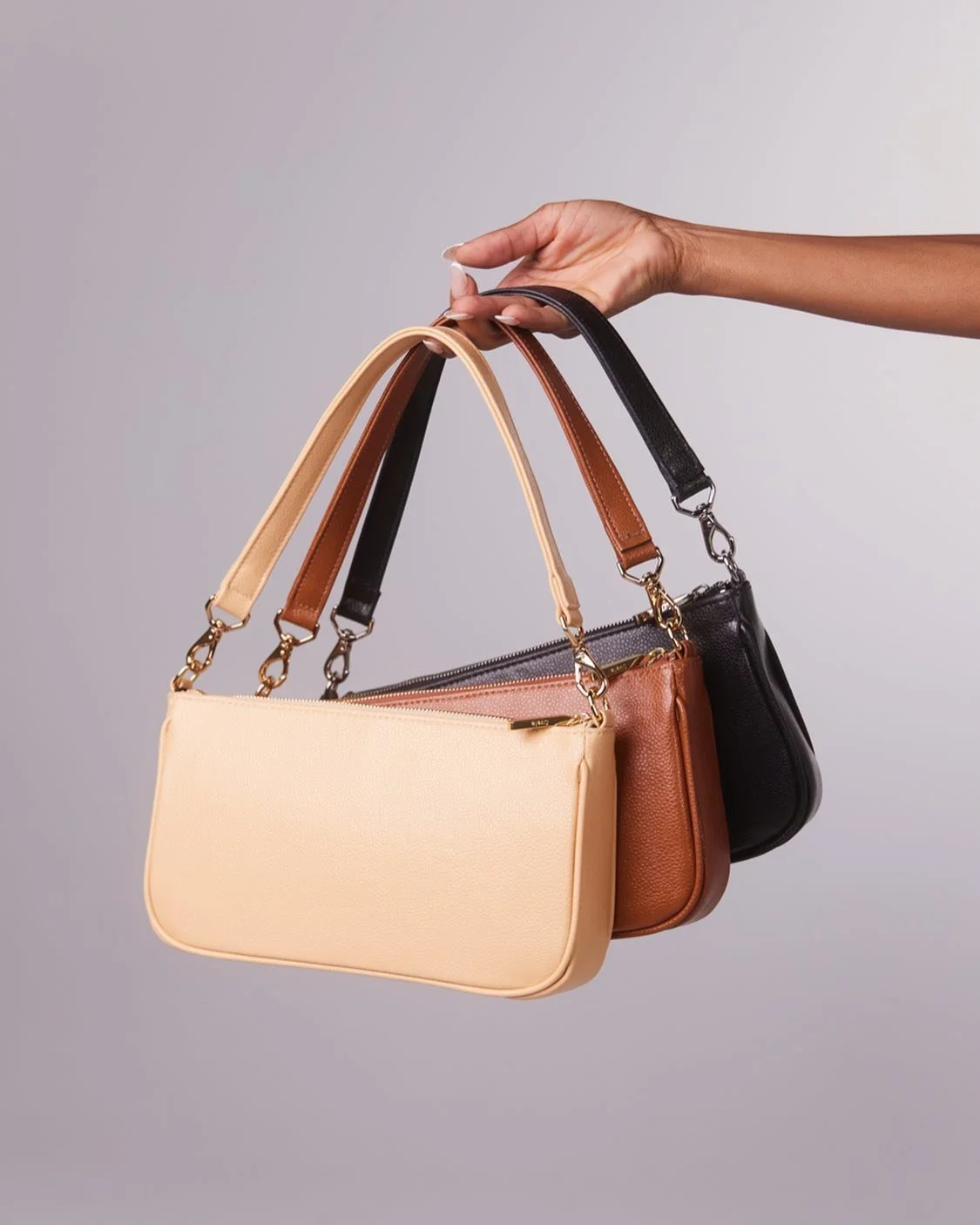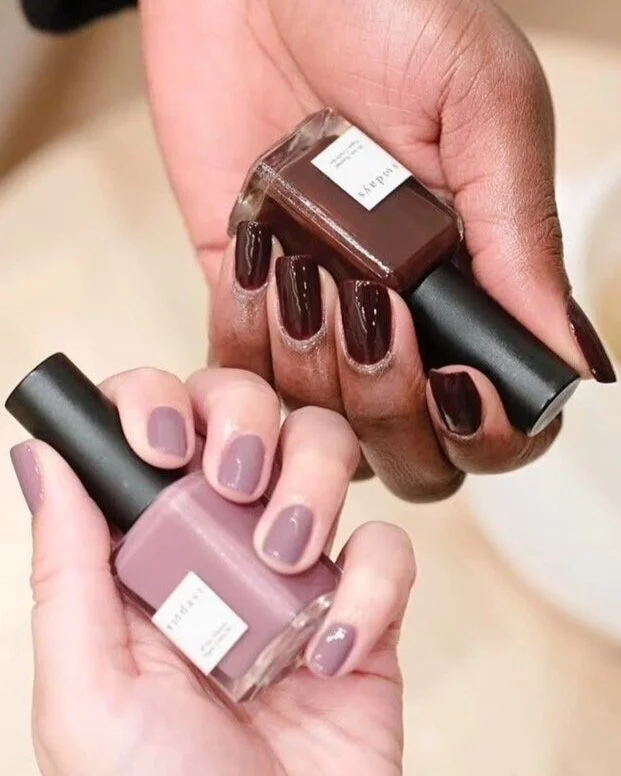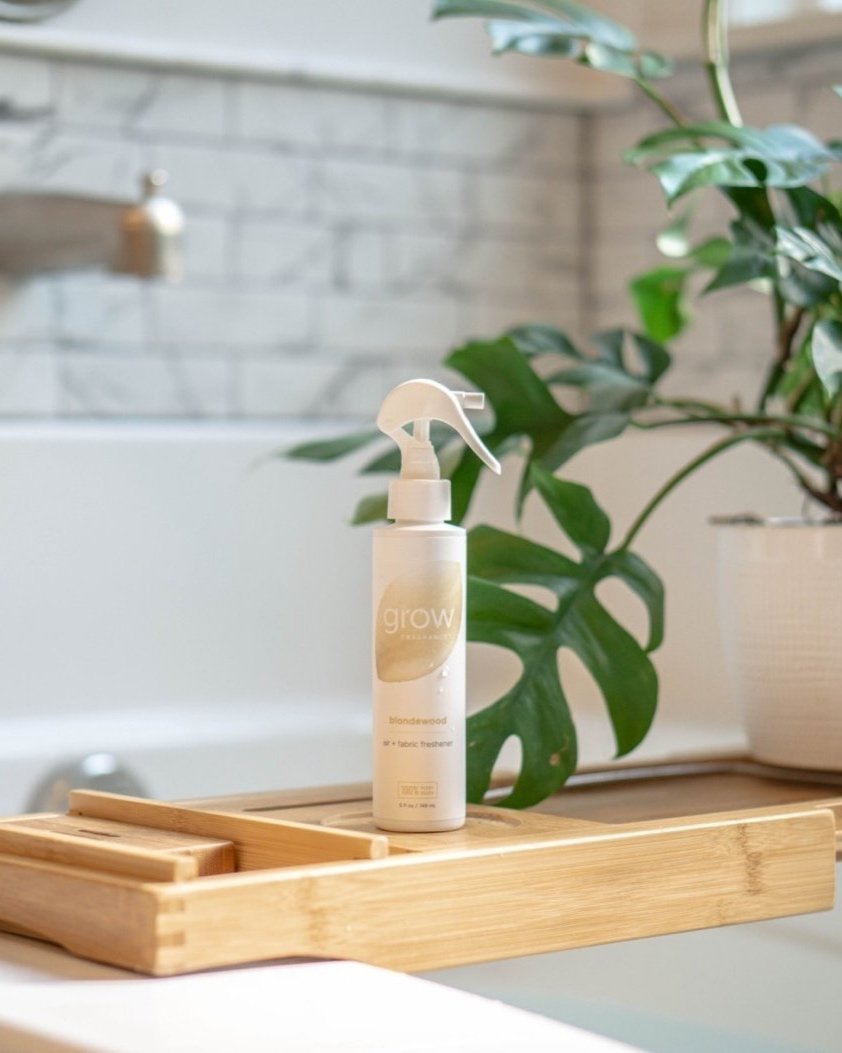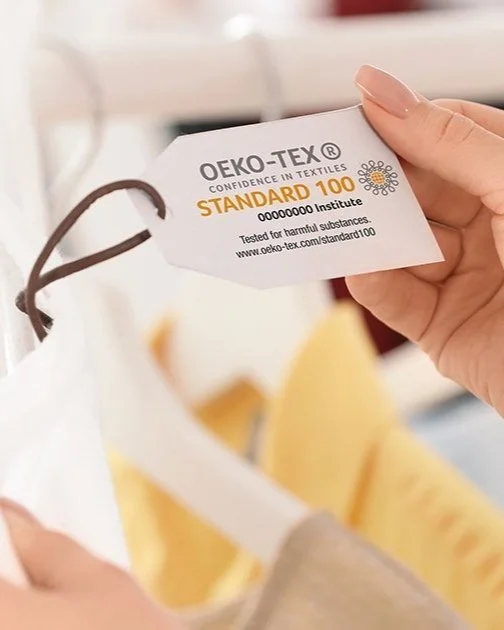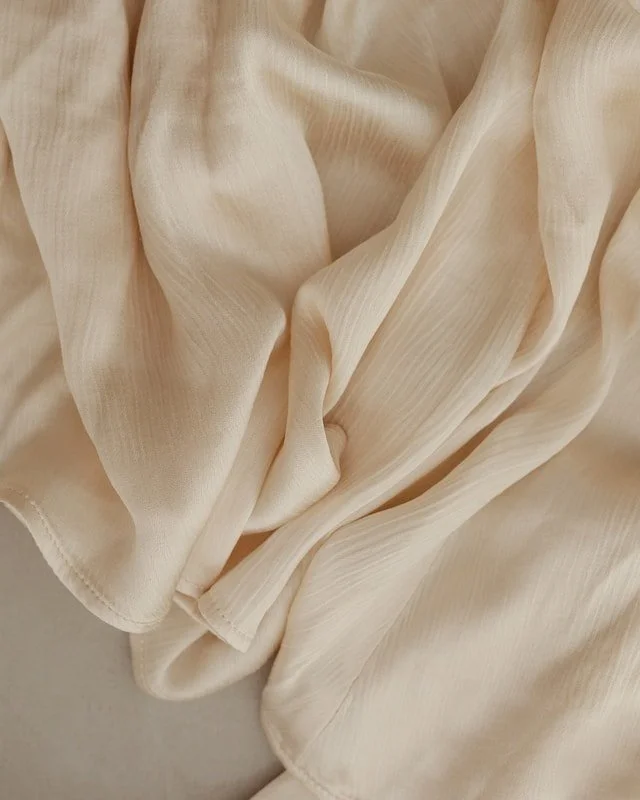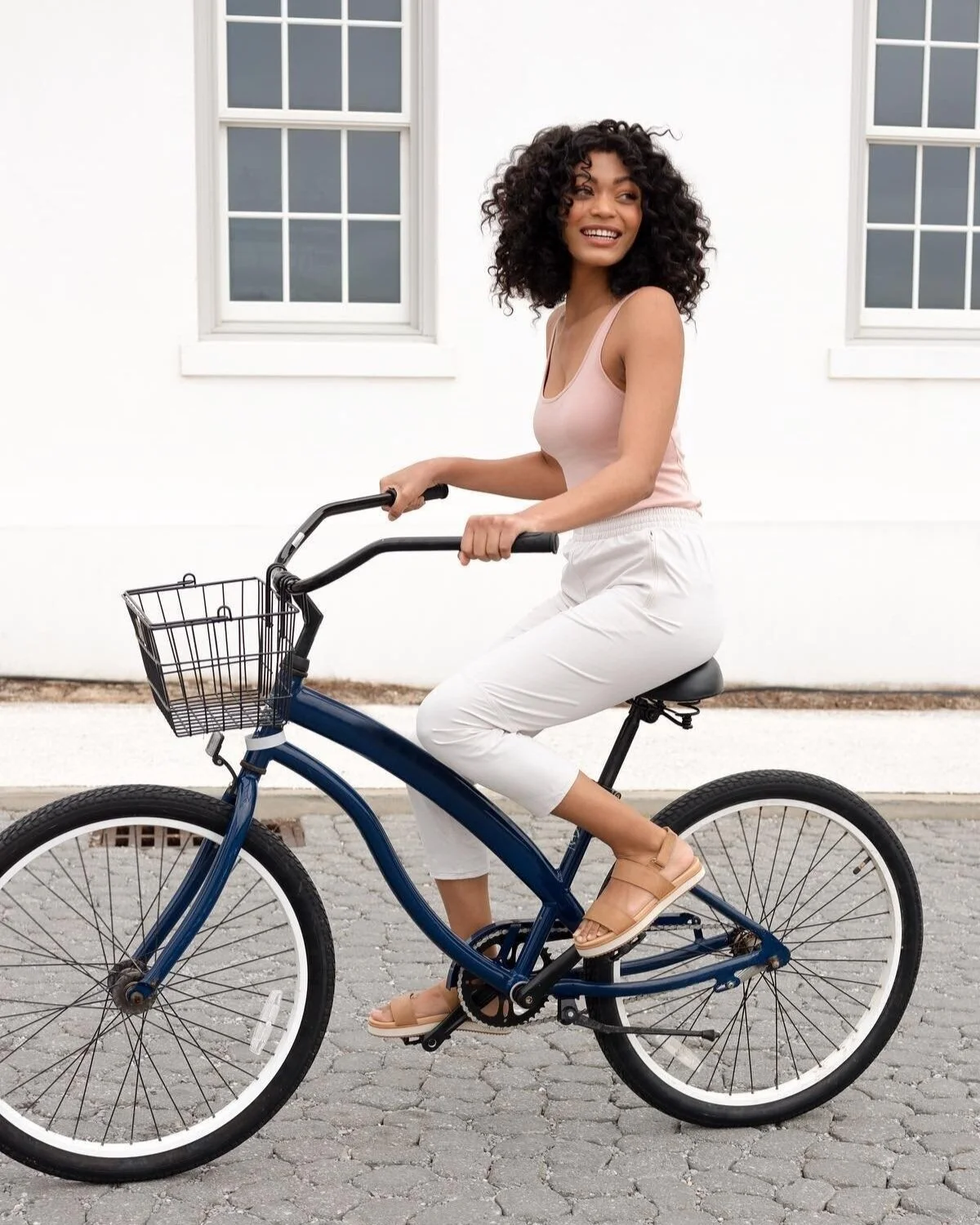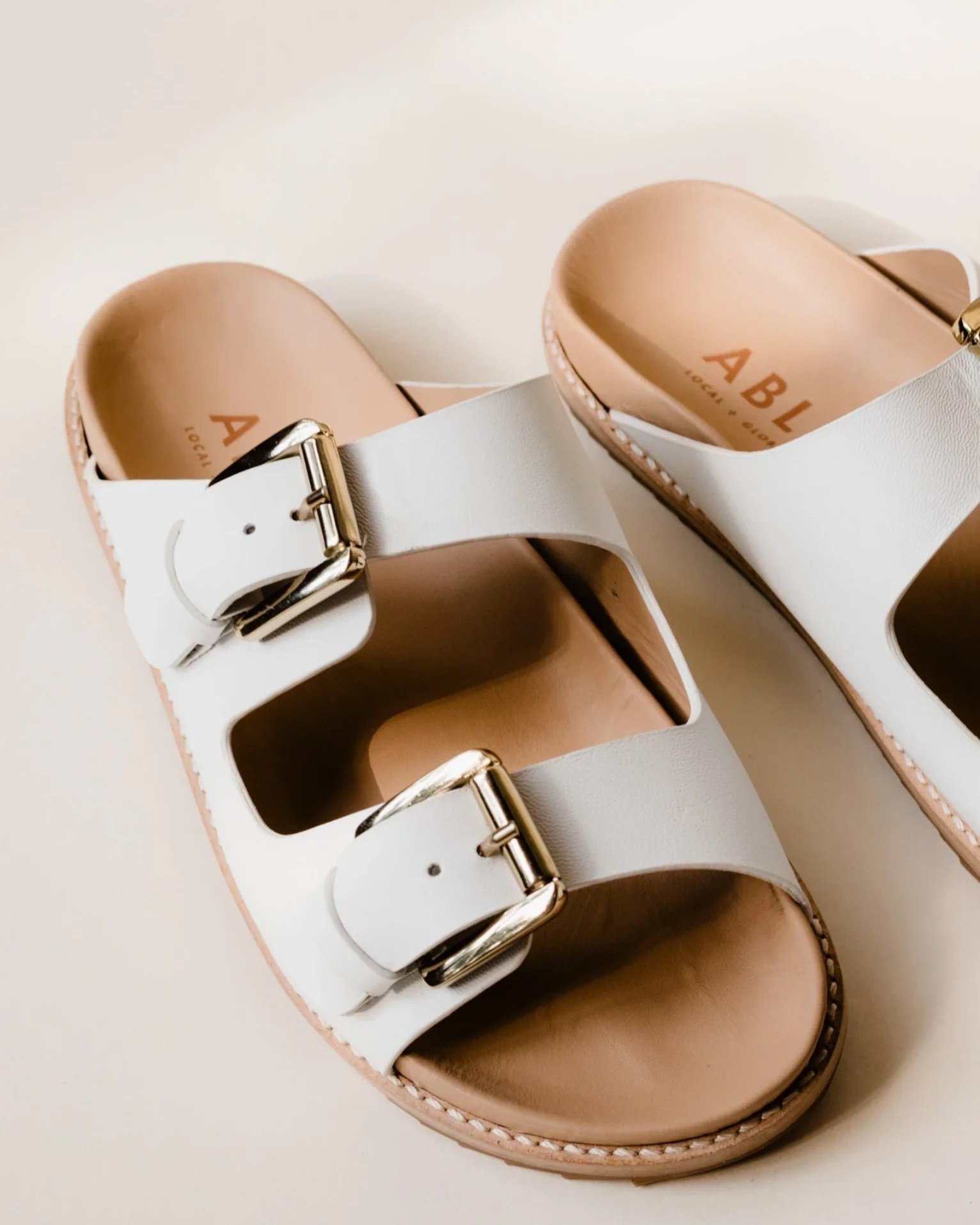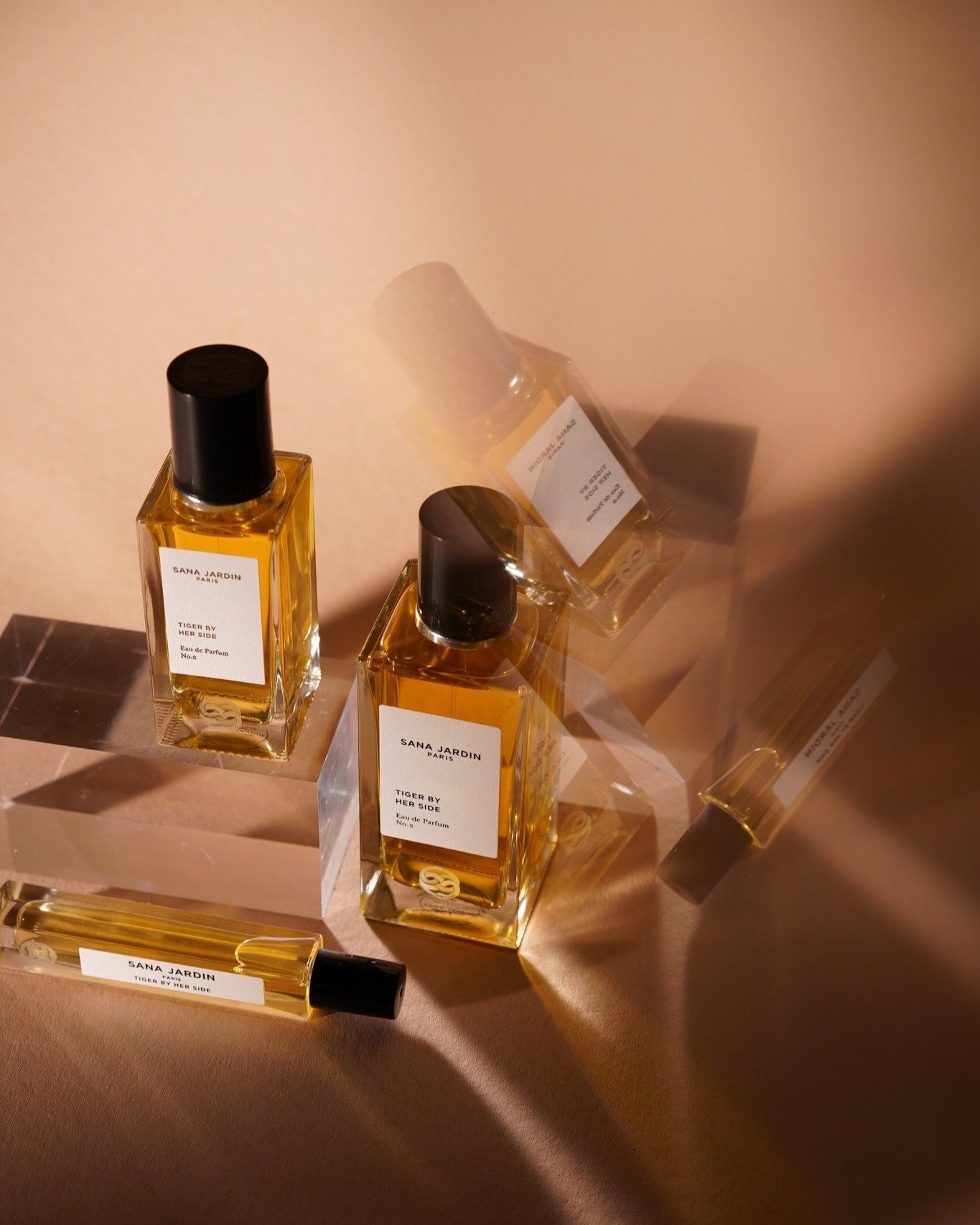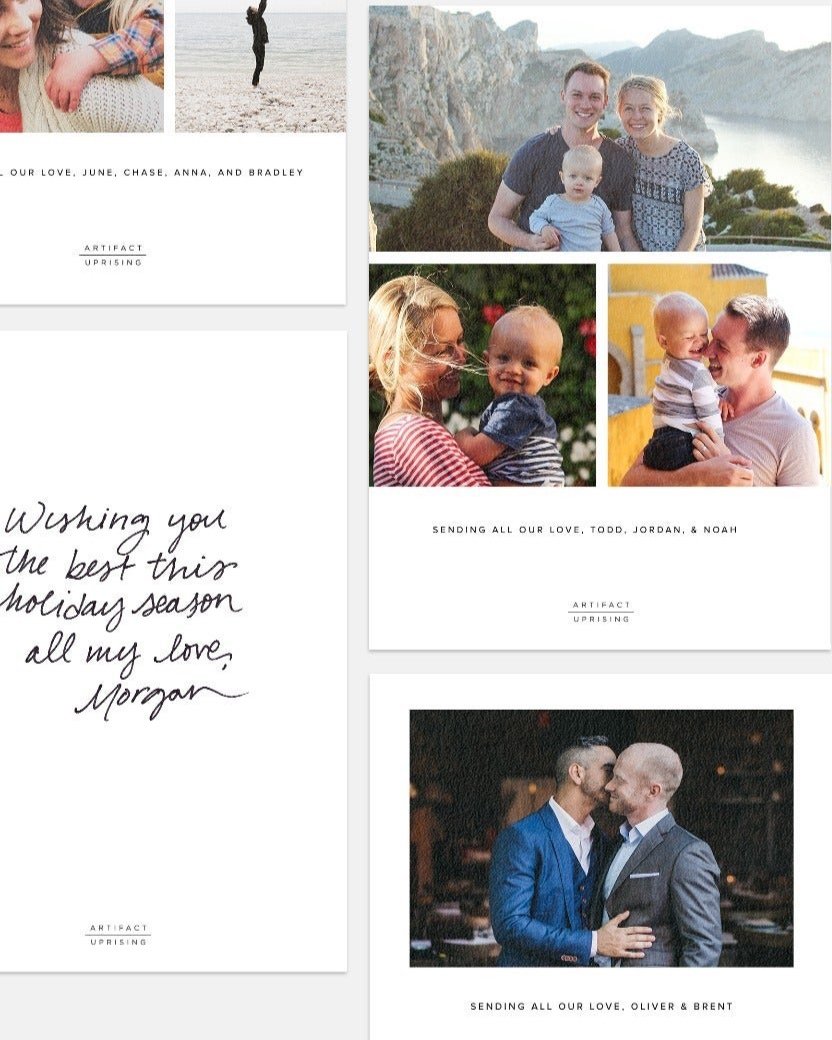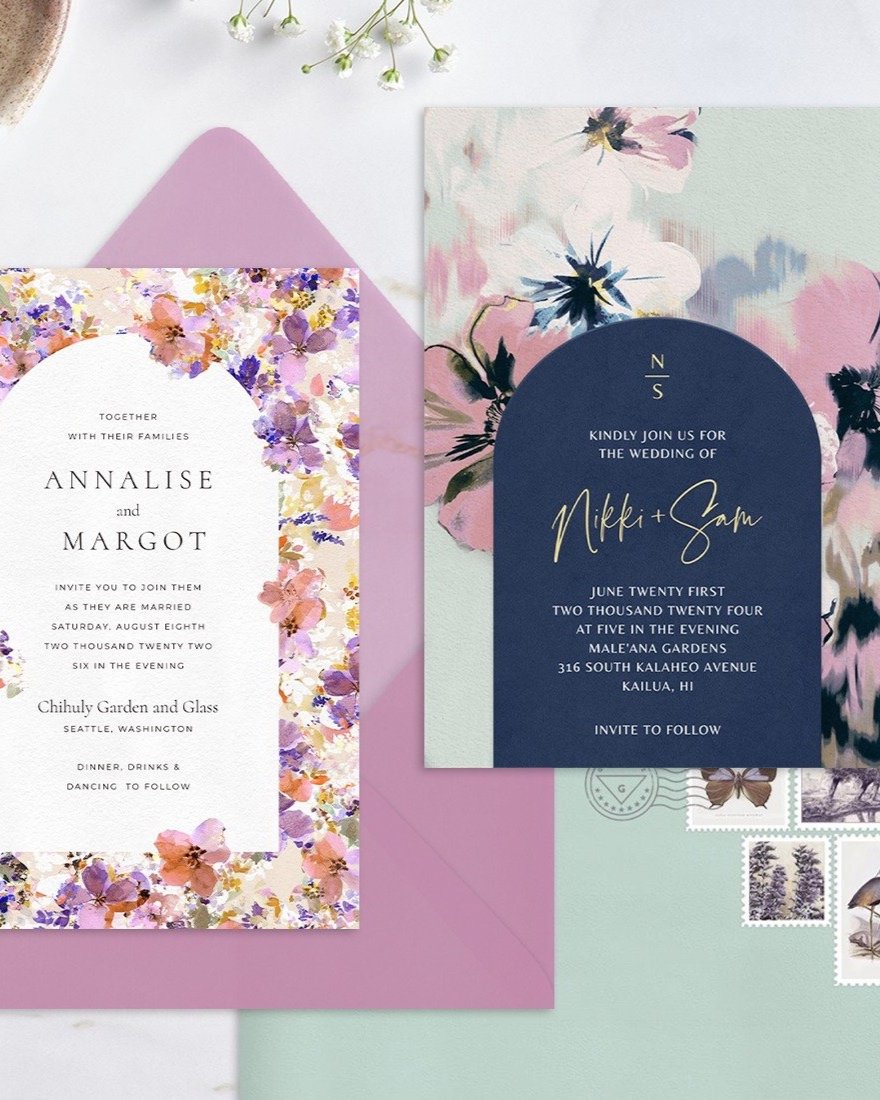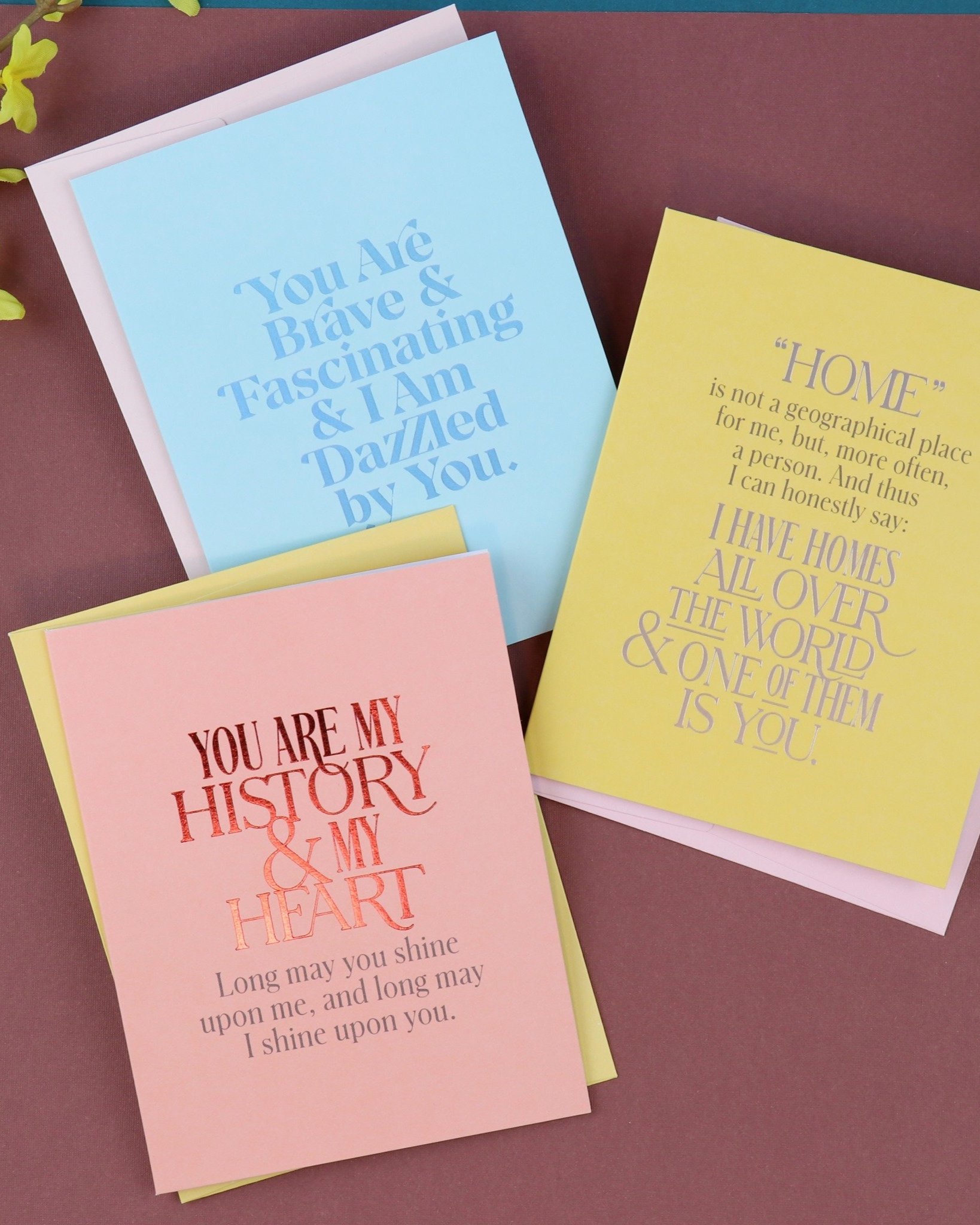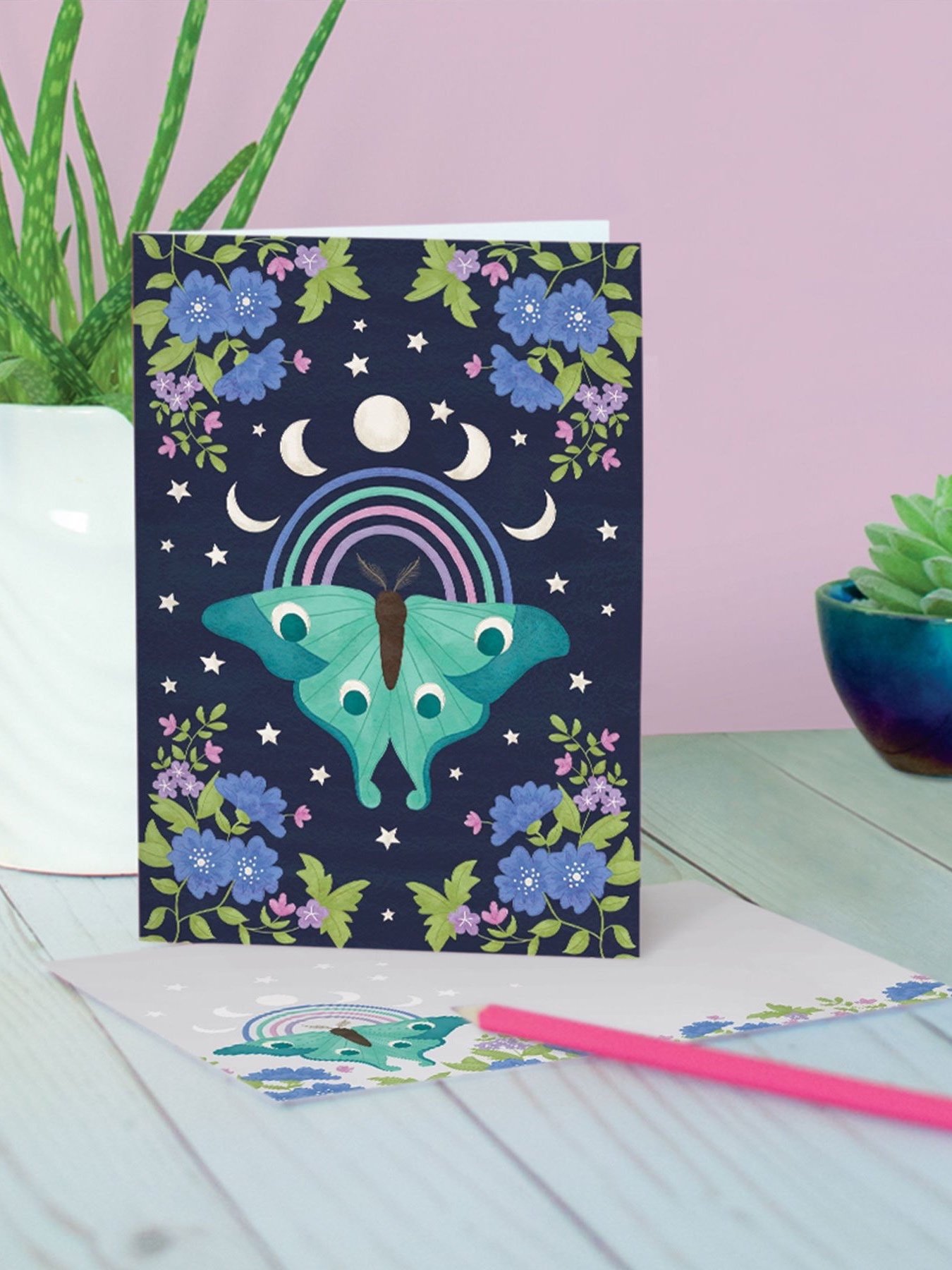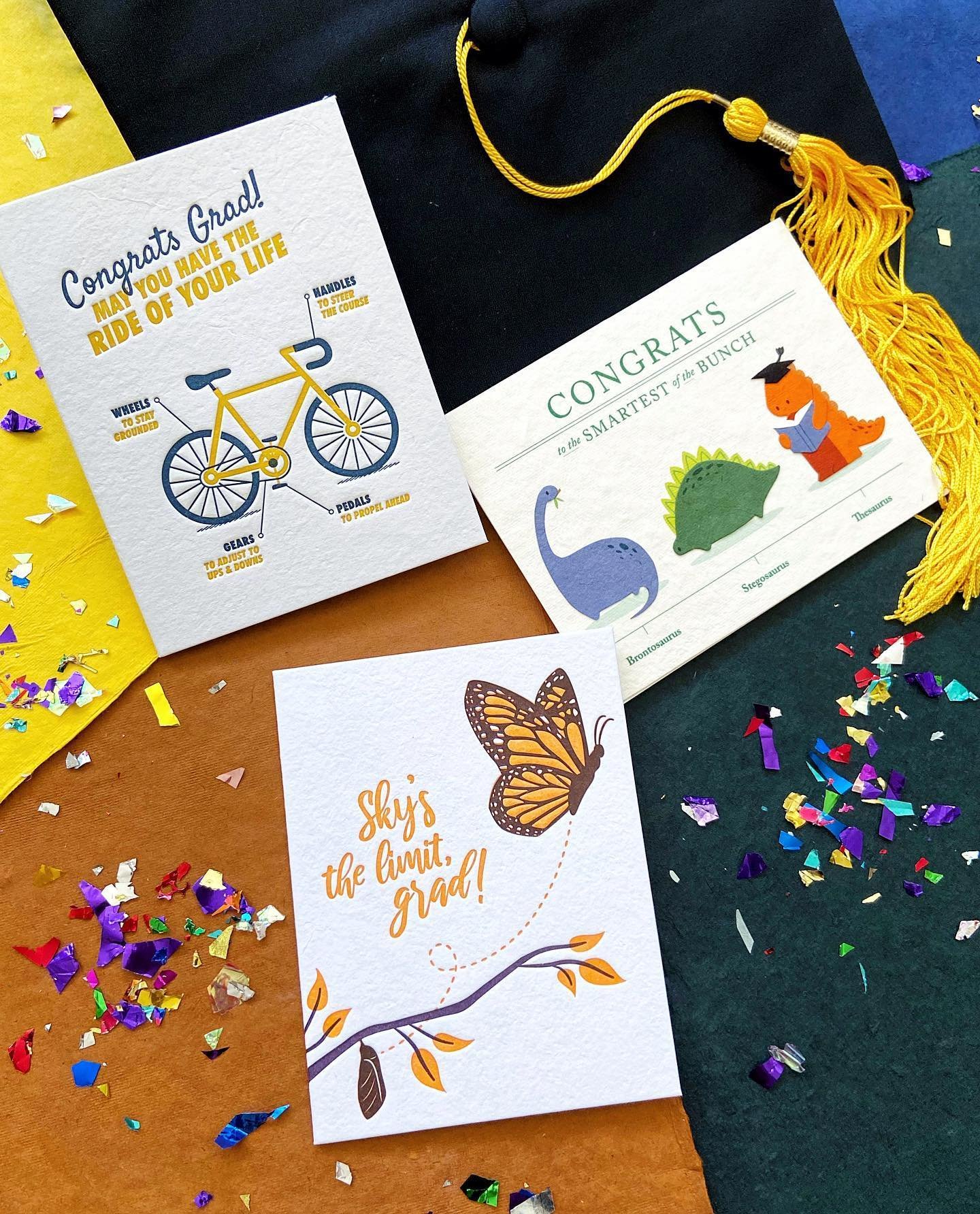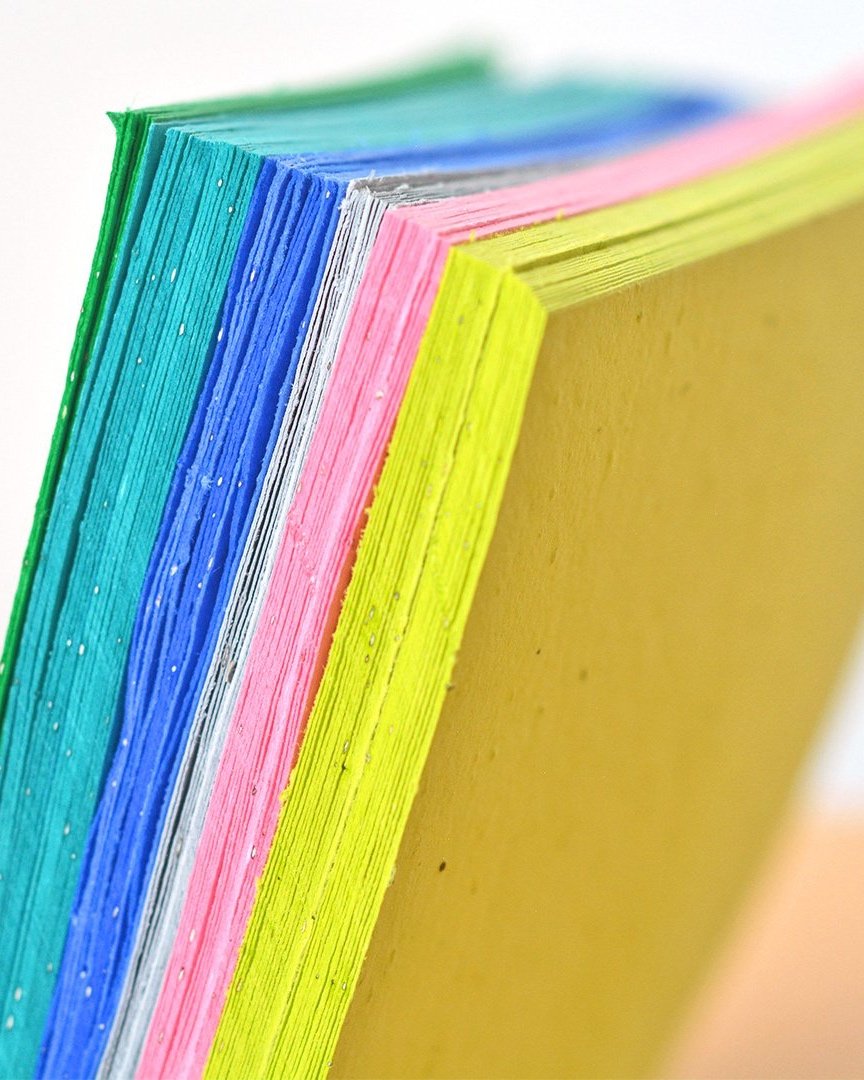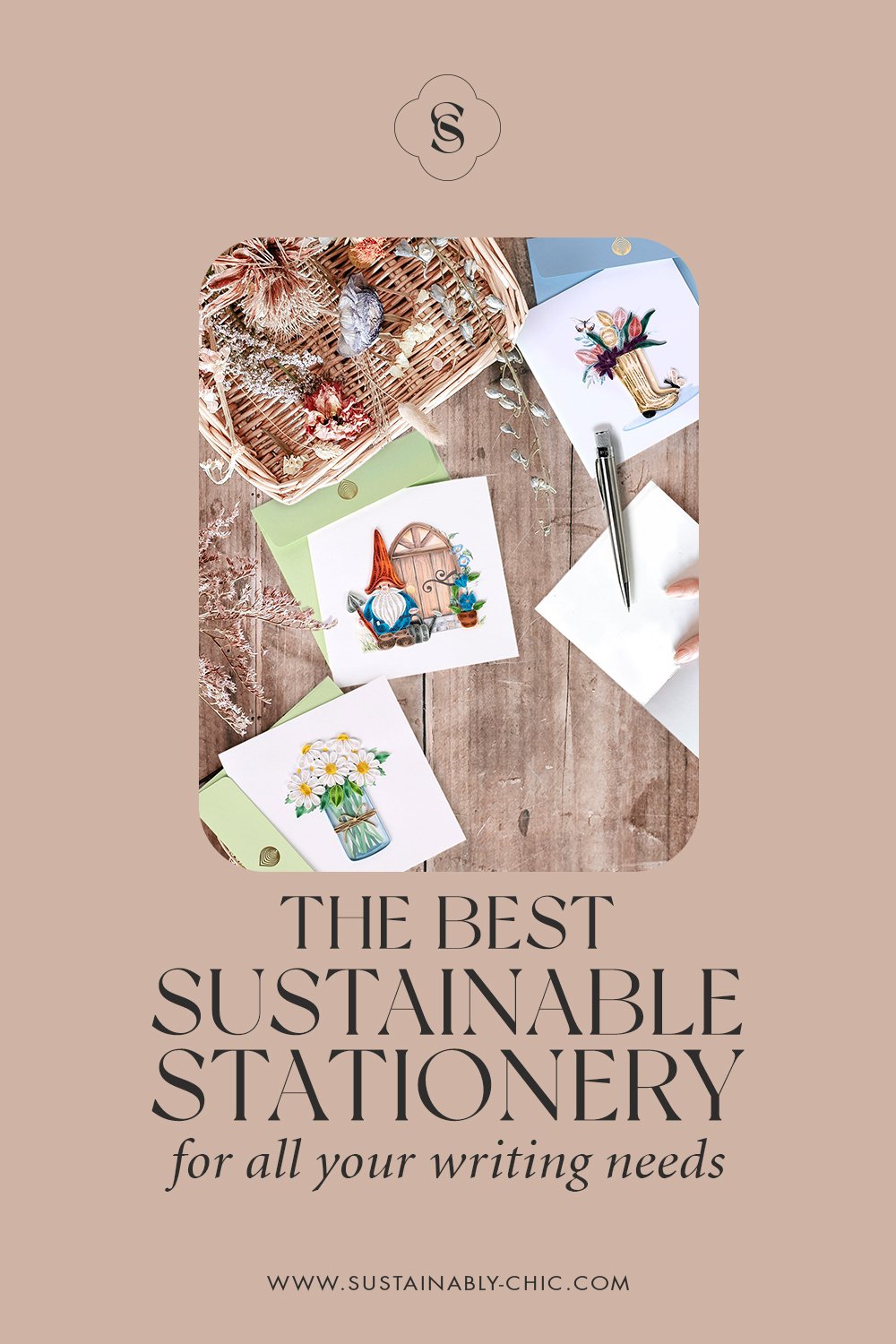Sustainable Fashion & Trends
Trends have been around for as long as fashion has, and every period had its must-haves. So much so that with enough fashion history knowledge, one can date an item of clothing or even a portrait.
Before the French revolution, wealthy French fashionistas wore the robe à l'anglaise rather than the outdated robe à la française, just like the decade's fashion icon, Queen Marie Antoinette.
Unlike it once was, though, nowadays, fashion is mass-produced and has a massive impact on the environment.
According to the charity Wrap, worldwide, clothing production has about doubled between 2000 and 2015. As clothing production numbers went up, clothing utilization numbers went down. The average number of times a garment is worn before its product lifetime ends has decreased worldwide by 36% compared to the early 2000s.
The rapid-fire trend cycle and countless micro-trends are some of the symptoms of the unsustainable nature of fast fashion. On the other end, though, experimenting with trends can be fun and a way to figure out ourselves and our style.
But is it possible to engage with them sustainably? With a mindful attitude, we think it is.
What are micro-trends, and how do you identify them?
First, how can you understand if trends are behind your sudden liking for a cut, style, pattern, or garment? Let's take a step back and talk about micro-trends.
These are fashion trends often born from social media platforms like TikTok, and despite their sudden popularity, they tend to have a pretty short shelf-life. They may go from being all over your feed one season to being completely forgotten about the next one. For example, take the cottagecore trend of spring 2020 or the post-Bridgerton corset craze of spring 2021. These micro-trends were everywhere back then, but they had faded away or arguably paved the way for new and similar micro-trends by the following season.
You aren't wrong if you think that micro-trends sound somewhat antithetical to mindful consumption. The increase in the trend cycle's speed is deeply connected to the rise of fast fashion.
Yet, while on their own, individuals can't change the pace and policies of the entire fashion industry, we can decide how we want to engage with it to at least a certain level.
So now, here is our guide on how to engage with trends sustainably
Asking yourself the right questions is key to finding your personal style and shopping more sustainably. Planning is a great tool to avoid unsuccessful purchases and still enjoy fashion while living mindfully.
So before you decide to purchase something new and trendy, ask yourself these questions and see what your answers are. Then, let's find out whether or not you and that trendy piece you have been eyeing are a match made in heaven!
Does this trend go well with the items you already have?
Your personal style is that mix of aesthetics and fashion categories that perfectly suits your lifestyle and personality.
For some, finding theirs is a lifelong journey, and for others, it just emerged organically. But, whether you found yours or not, the clothes that are already in your closet are the best clues you have on hand to figure out if a specific piece suits you and your life.
Look at your clothes' fabric, style, and colors; how many pieces could you pair with this potential new item? For a more precise overview, you can even start planning some outfits assembled using the item you want to purchase and the ones you already own. It's a fun, creative activity that will save you lots of time when getting ready in the morning (which is always a plus) and a great indicator, too: if you get excited about the prospect of wearing those outfits, it's a great sign that you are about to make a smart purchase!
Also, don't forget to compare these trendy pieces you have been eyeing with your most-worn clothing items. Like most people's wardrobes, yours most likely follows a pattern. Even if you don't think your style has a distinctive aesthetic, there are probably certain elements and items you tend to gravitate towards for an array of possible reasons.
But let's get practical! If you are an athleisure fan who consistently gets the most use of your joggers and sports bra, dipping your toes in balletcore won't be a bad idea. Based on what we have seen on the runways, skirt suits and three-piece suits seem to be some of the biggest upcoming trends for Fall 2022: if you have a formal office job or enjoy suiting up in your spare time, this trend definitely suits (pun intended) your lifestyle.
Can you get these trendy pieces ethically and sustainably?
Fast-fashion retailers offer tons of readily available trendy pieces, but that doesn't mean you can't get fun, contemporary clothes the slow and sustainable way. Of course, the best destination for you depends on your budget, location, and level of expertise with the sewing machine.
Depending on those factors, you can purchase your new trendy clothes from ethical and sustainable companies, specialized artisans locally or online, or vintage shops or thrift stores. If you are familiar with sewing, you can even alter your old clothes to make them trendier. You can find plenty of upcycling inspiration and tutorials on social media to do so. Plus, it's a beautiful way to give a second life to the old clothes you no longer wear.
If you take the thrifting route, be mindful of not falling prey to the siren of overconsumption. It may be tempting to buy loads of pieces when they are cheap, but let's remember that lower-end thrift stores offer clothes to low-income communities and individuals that may not be able to afford to shop for clothes elsewhere. If you have a bigger budget, be mindful of the amount of thrifted garments you buy, or take this as an opportunity to give your business to higher-end thrift stores or vintage shops.
Also, when it comes to buying clothes and accessories (or anything else), support BIPOC-owned businesses whenever possible.
Will you wear these items when they are no longer on-trend?
This one may seem like a no-brainer, but one has to consider that not all trends are particularly wearable or that timeless either. If they genuinely suit you, your personal style, and your lifestyle, you'll love them regardless of whether they are trending or not. Still, if you give in and buy a trendy piece just because you see it all over social media and fashion magazines, it may feel outdated too soon.
Of course, above all, fashion should be fun and make us feel like ourselves, so by no means do you have to strictly choose timeless pieces if you naturally gravitate towards the more eclectic, bold styles that tend to get in and out of fashion quickly. From a sustainability perspective, though, it's good to think ahead and genuinely ask yourself if you think you'll wear that piece in one or more years. Clothes that make us feel like ourselves tend to stay in our closets for longer and get much more love and care than those of people from back in the day.
An excellent way to tell if you actually like a trendy piece or not is to wait. After all, if Rome wasn't built in a day, your wardrobe doesn't have to be either. Save the item you'd like to buy on a wishlist and forget about it for a month or more. Thinking twice before purchasing anything new may be second nature to many, but waiting may seem counterintuitive if you have been on a fast fashion diet for years or tend to shop to boost your mood.
But, as unfashionable as it may sound, patience and intentionality are essential to sustainably building a wardrobe that works for you. By taking your sweet time, you'll avoid impulse buying and give yourself the time to see if you think that piece still looks lovely even when it's out of fashion. If that's the case, you and that piece are most likely a fantastic match!
Can you participate in this trend without buying anything new?
Fashion is cyclical and no style, cut, or color will forever be either in or out of fashion. That's why you may find trendy pieces in your closet or your loved ones'. This way of participating in a trend may be a great occasion to fall back in love with older pieces from your wardrobe and to re-wear clothes that you haven't sported in a long time.
This is not only a budget-friendly way of engaging with a fashion trend but also a sustainable one. After all, the most sustainable clothing items are the ones you already own.
Conclusion
Having fun with fashion and trends while still trying to make environmentally and socially sound choices doesn't have to be a conundrum. With enough patience and planning, you can, by all means, have the cake and eat it too.
About the Author:
Roberta Fabbrocino is a journalist specialized in climate change and sustainability-related topics. Her articles have been published in several international eco-publications. Roberta also works as a content writer for sustainable companies.
MAKE SURE TO PIN THE PHOTO BELOW TO SAVE THIS POST FOR LATER!
looking for SUSTAINABLE BRANDS? VISIT OUR BRAND DIRECTORY!
Our Brand Directory is home to hundreds of sustainable brands, from makeup to cleaning supplies, from underwear to shoes. We have broken everything down by category for easy shopping, along with discount codes unique to Sustainably Chic viewers.






